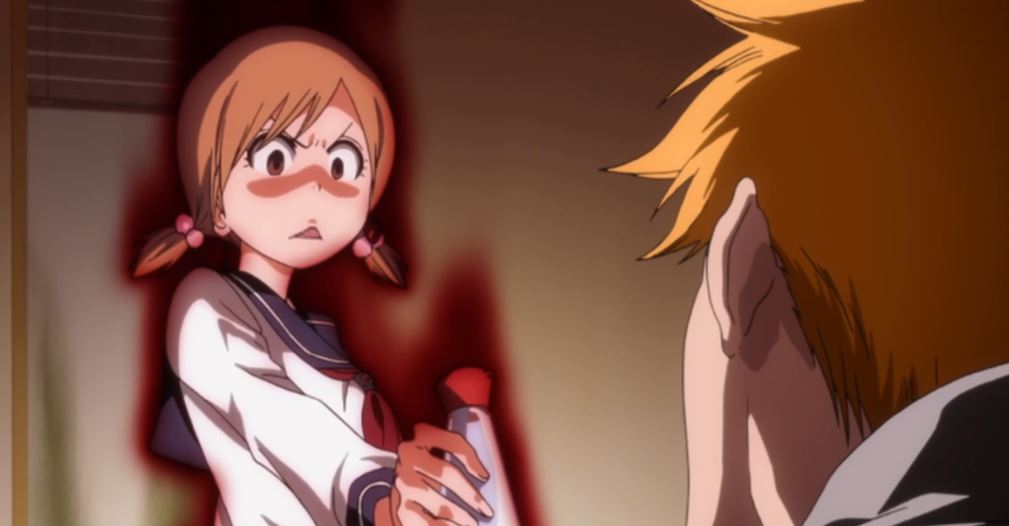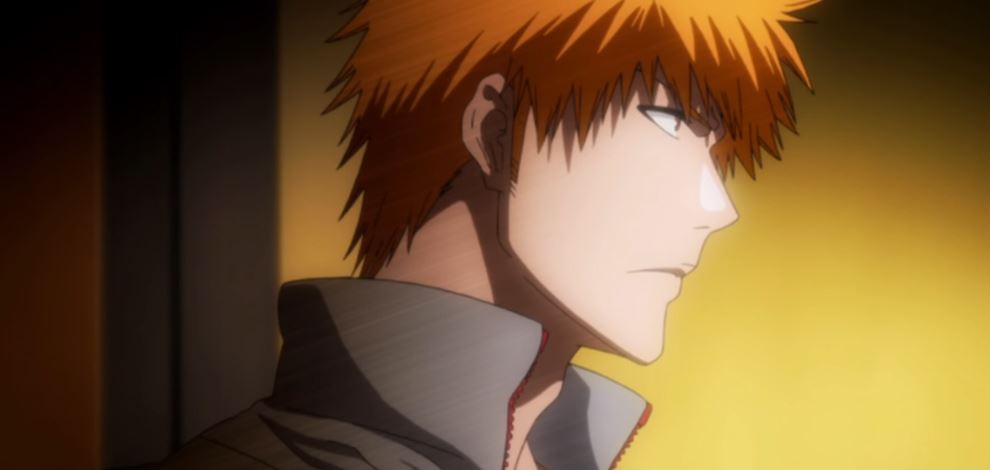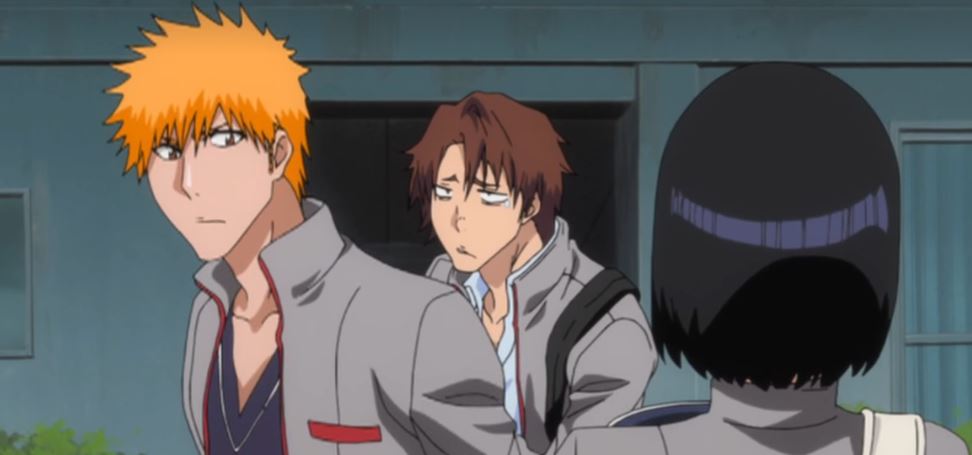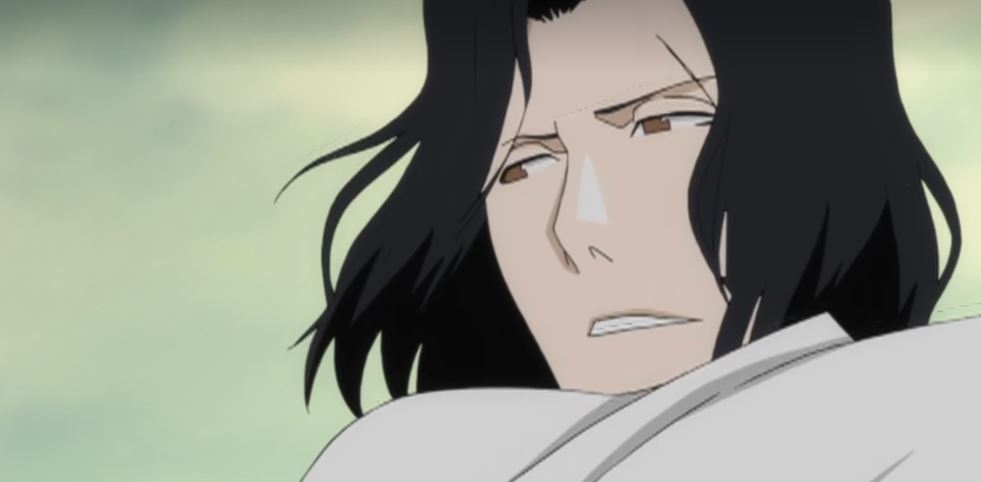Introduction:
The world of anime and manga has seen multitudinous titles leave their mark, but many have had as profound an influence as Bleach. Created by Tite Kubo, Bleach debuted as a manga in 2001 and snappily rose to elevation, latterly getting a chief in anime culture. Its unique mix of supernatural themes, dynamic characters, and violent action has left a continuing impact on the assiduity and suckers likewise. This composition delves into the vital part Bleach has played in shaping ultramodern anime culture.
1. Bleach as a Gateway to Anime for numerous suckers
Bleach played a vital part in introducing a global followership to anime, getting one of the most accessible series for beginners. During its peak in themid-2000s, Bleach was extensively available through television broadcasts, streaming platforms, and DVDs, which made it easy for curious observers to dive into the anime world. Its witching blend of action, humor, and emotional depth appealed to a broad followership, icing that both casual and devoted suckers set up commodity to enjoy. For numerous, Ichigo Kurosaki’s trip from an ordinary teenager to a important Soul Reaper was an instigative and relatable entry point. Unlike some anime that needed familiarity with Japanese culture or liar conventions, Bleach handed enough environment and universal themes similar as fellowship, courage, and prostrating particular struggles to engage new observers. As a result, Bleach not only attracted suckers to its own macrocosm but also encouraged them to explore other iconic series, significantly expanding the anime fanbase worldwide.

2. Influence on Shonen homilies and Storytelling
Bleach played a significant part in shaping the ultramodern shonen kidney, impacting how stories and characters are developed in action- acquainted anime. One of its crucial benefactions was its emphasis on character growth through violent battles and particular struggles. Ichigo Kurosaki, the promoter, epitomizes the classic shonen idol who gains strength by pushing his limits and defying decreasingly important adversaries. This” power- up” dynamic — seen in metamorphoses like Ichigo’s Bankai or his Concave forms has since come a chief in numerous other shonen series. Bleach bettered in creating memorable battles, particularly between Ichigo and characters like Renji Abarai or Byakuya Kuchiki. These battles were further than simple competitions; they frequently carried deep emotional or philosophical weight, adding layers to the story. The series also introduced intricate plot bends, similar as the Soul Society bow, which blended high- stakes action with political conspiracy and moral dilemmas. This narrative complexity raised the bar for shonen liar, inspiring other anime to craft more sophisticated plots and character dynamics. By combining presto- paced action, well- developed battles, and rich world- structure, Bleach readdressed what a shonen series could achieve, leaving a continuing impact on the kidney.
3. Revolutionizing Anime Art and Character Design
Tite Kubo’s distinctive art style was one of Bleach’s most defining features, setting it piecemeal from other shonen series. His character designs were satiny and swish, with each character sporting unique appearances that reflected their personalities and places. From Ichigo’s rugged yet simple look to the elegant and intricate designs of the captains of the Gotei 13, every character had a memorable and recognizable design. Kubo paid scrupulous attention to fashion, frequently dressing his characters in ultramodern, trendy apparel duringnon-battle scenes. This gave Bleach a contemporary edge, making the characters feel more relatable and predicated. In battle, their outfits, especially the traditional Shinigami blankets and intricate Zanpakutō designs, added an iconic visual element to the series. Beyond character design, Bleach was known for its dynamic fight scenes and creative use of paneling in the manga. Kubo’s capability to convey stir and intensity in combat sequences was carried over to the anime, performing in visually stunning action scenes that charmed cult. This combination of striking illustrations and fluid action told numerous after anime and manga generators, establishing Bleach as a visual standard in the assiduity.

4. Impact on Anime Soundtracks and Music
One of Bleach’s name features was its exceptional soundtrack, which played a pivotal part in enhancing the series’ emotional and narrative impact. The anime’s opening and ending themes, as well as its background scores, were precisely curated to round the tone of each bow. Songs like” Asterisk” by Orange Range,” D- tecnoLife” by UVERworld, and” Rolling Star” by Yui came instant successes, reverberating with suckers and getting synonymous with Bleach’s most iconic moments. These openings and consummations not only set the mood but also helped define the identity of the show. Each song captured the emotional depth of the series, ranging from the upbeat and energetic themes that reflected the lighter moments to the darker, more introspective tracks that accompanied violent battles and dramatic exposures. The background music, composed by Shirō Sagisu, was inversely poignant. Tracks like” Number One” came representational of Ichigo’s heroic moments, while others, similar as” Then to Stay” and” Clavar La Espada,” added layers of pressure and drama to the story. This flawless integration of music elevated the viewing experience, demonstrating how a important soundtrack could enhance an anime’s liar.
5. Fostering a Thriving Fan Community
Bleach played a vital part in erecting a vibrant and devoted addict community that extended far beyond the boundaries of the series itself. The show’s extensive lore, memorable characters, and intricate world- erecting offered suckers a wealth of material to explore and bandy. This uproariousness inspired a flourishing online culture, with forums, social media groups, and addict spots devoted to participating propositions, addict art, and addict fabrication. Conventions and cosplay events also came major capitals for Bleach suckers. Characters like Ichigo Kurosaki, Rukia Kuchiki, and Sosuke Aizen were and still are — popular cosplay choices, with suckers recreating their detailed costumes and applying intricately designed clones of Zanpakutō. These events fostered a sense of community, allowing suckers to celebrate their love for Bleach together. Bleach wares, including numbers, bills, and vesture, came largely sought after, further solidifying the series’ artistic impact. The release of videotape games and spin- off novels handed suckers with fresh ways to engage with the Bleach macrocosm, keeping the community active indeed after the anime’s original run concluded. The passionate fanbase not only assured Bleach’s enduring fashionability but also contributed to its heritage as a artistic miracle, proving the power of audience in sustaining and expanding the influence of a cherished series.

Conclusion:
The impact of Bleach on anime culture is inarguable. Its benefactions to liar, character design, and addict engagement have left a lasting heritage. As new generations discover this iconic series, Bleach continues to impact and inspire, solidifying its place as a foundation of anime history.
